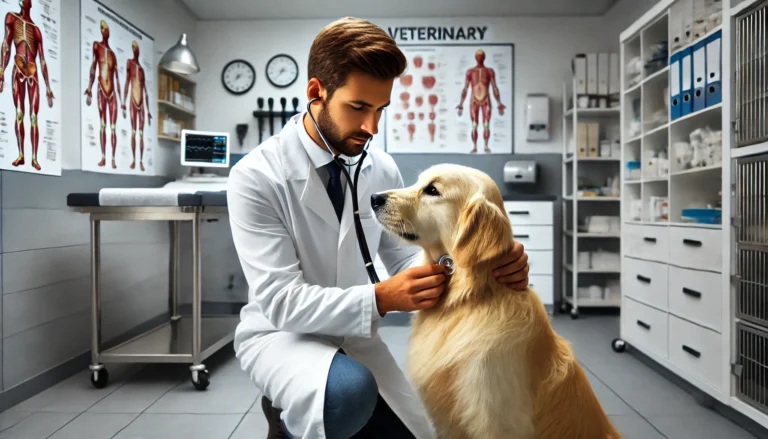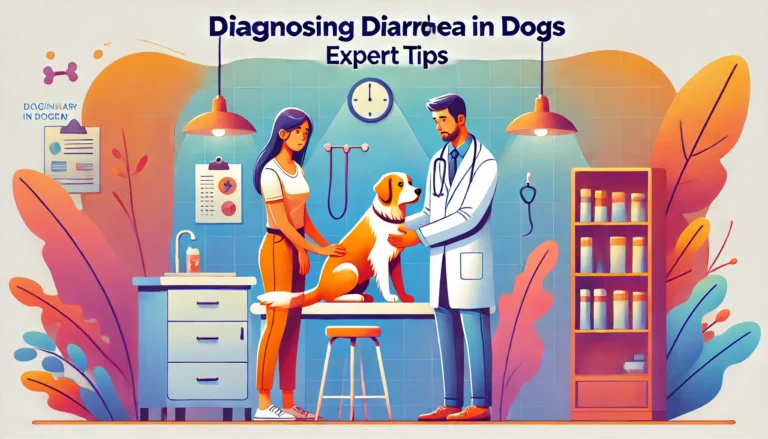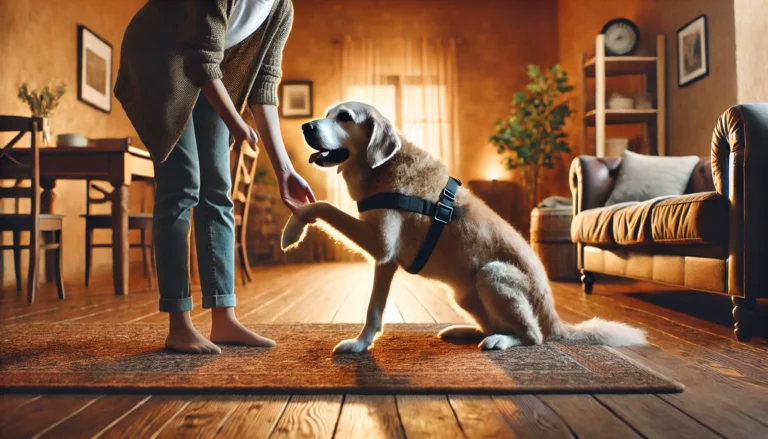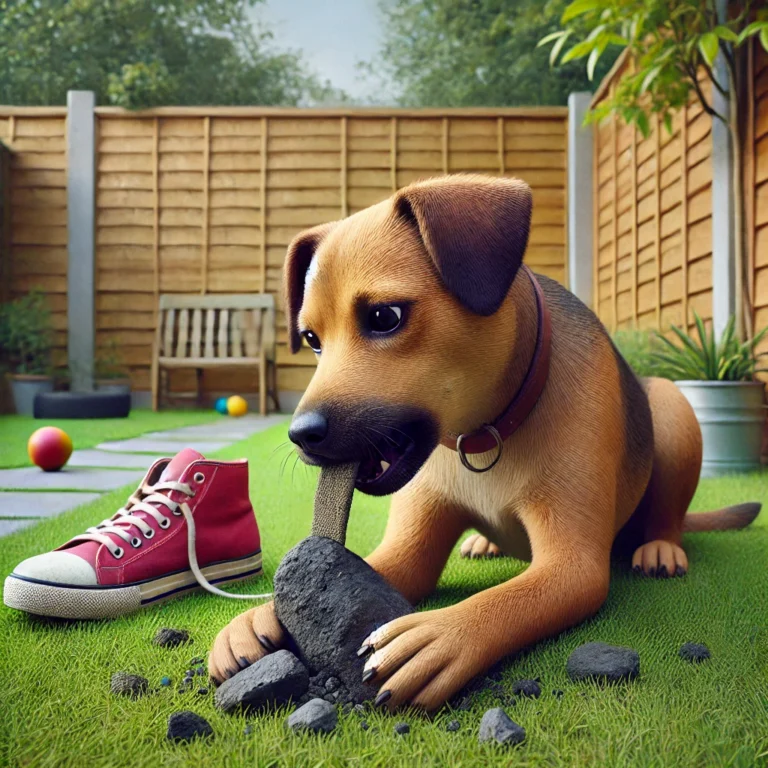why dogs put their paws on people?
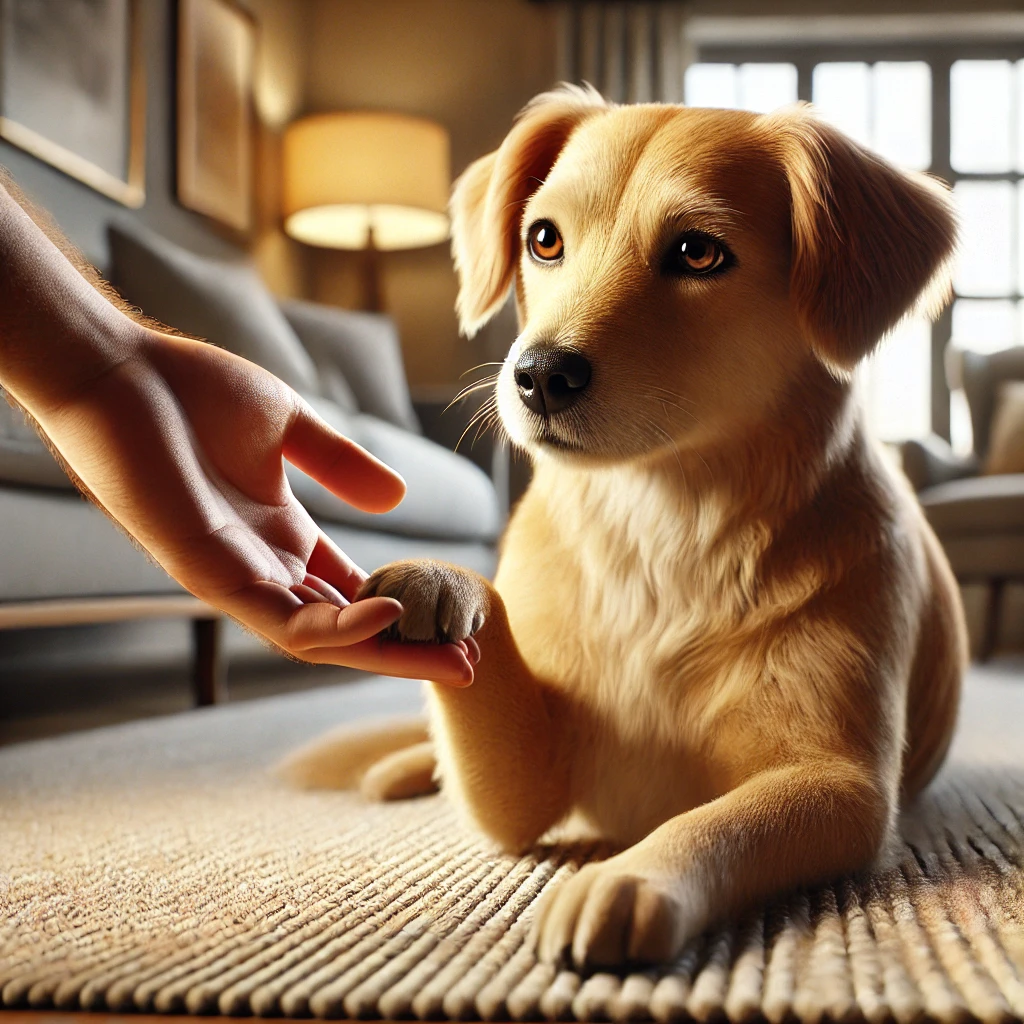
This article embarks on an insightful journey into the subtle yet profound ways dogs communicate with their human counterparts. One of the most endearing behaviors observed in dogs is their tendency to put their paws on people. Understanding why dogs put their paws on people not only deepens the bond with pets but also enhances our insight into their emotional world.
The Basics of Canine Communication: Why Do Dogs Put Their Paws on People?
Canine communication is multifaceted, incorporating an array of non-verbal cues such as tail wagging, ear movements, eye contact, and body posture. Among these, the use of paws is particularly significant. Dogs often put their paws on people as a means of expression, conveying everything from excitement and affection to anxiety and submission.
Detailed Reasons: Why Do Dogs Put Their Paws on You?
- Expression of Affection: A common reason why dogs put their paws on people is to express love and affection, similar to how humans use hugs or handshakes.
- Attention and Interaction: If your dog frequently puts a paw on you, it may be seeking attention or initiating interaction, signaling its desire for companionship or play.
- Comfort or Reassurance: When dogs put their paws on people, they may be seeking comfort or reassurance, especially during times of uncertainty or stress.
- Signs of Apology or Submission: Another reason why dogs put their paws on you can be as a submissive gesture, acknowledging your authority and seeking forgiveness if they sense displeasure.
- Learned Behavior from Training: Dogs often repeat behaviors that earn them rewards. Pawing, reinforced by positive reactions, can become a habitual way to garner attention or treats.
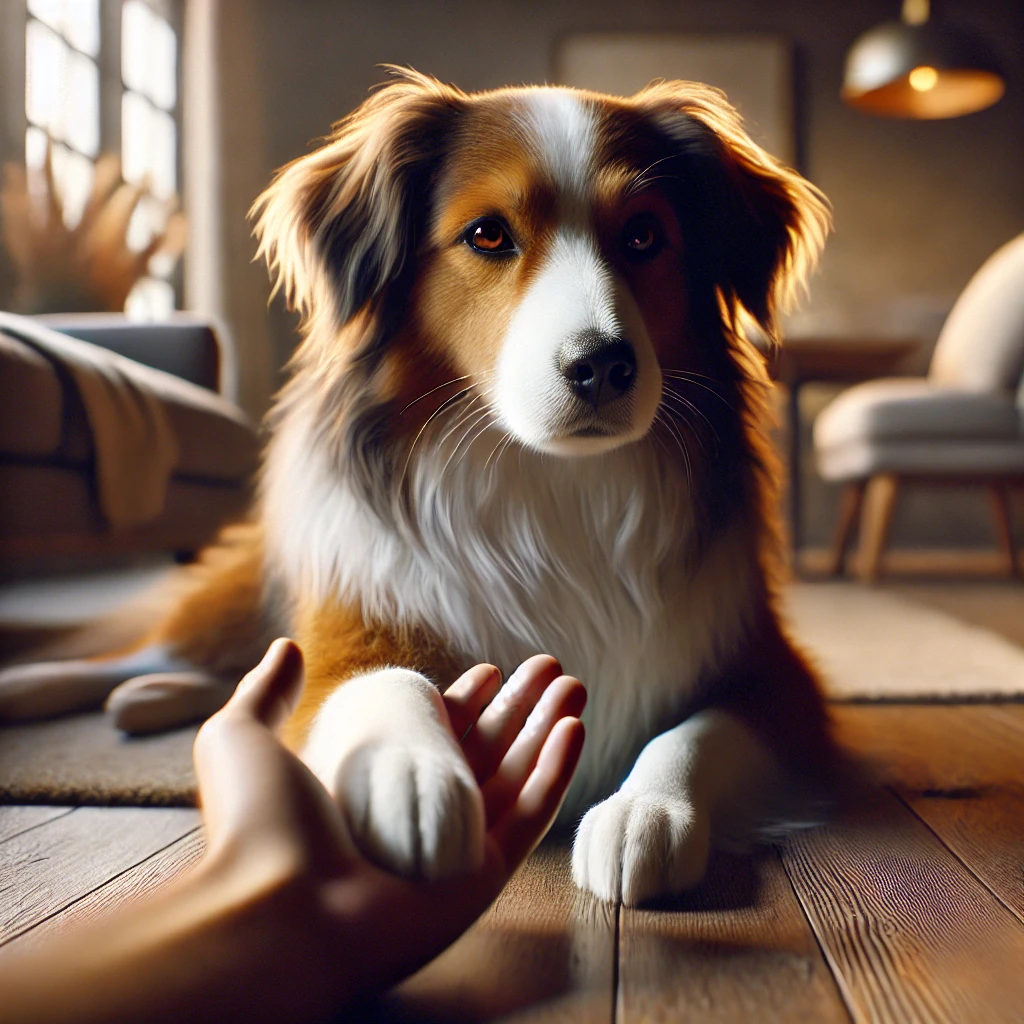
The Science Behind Why Dogs Put Their Paws on People
The action of a dog putting its paws on someone can trigger biological responses such as the release of oxytocin in both the human and the dog. This hormone enhances feelings of mutual attachment and affection, explaining why this behavior is not only common but also beneficial for the emotional bond between dog and owner.
Interpreting Gestures: Why Dogs Put Their Paws on people
Understanding the context and emotion behind why dogs put their paws on people is crucial. The intent can vary greatly—gentle pawing might indicate a request for affection, while more vigorous pawing could be a sign of urgency or distress. Recognizing these differences helps in responding appropriately and nurturing a supportive relationship.
Responding Appropriately: Why Do Dogs Put Their Paws on You?
Your response to your dog putting its paws on you should align with the behavior you wish to encourage. Positive reinforcement can be used to support affectionate pawing, while consistent, gentle discouragement can help manage more intrusive or inappropriate pawing behaviors.
Title
Banish fleas naturally with home made repellents! Crafted from aromatic garden herbs, these eco-friendly solutions promise a flea-free home and healthy pets, all without a single harsh chemical.
Enhancing Communication: Understanding Why Dogs Put Their Paws on People
Effective communication involves recognizing and responding to your dog’s paw gestures in a way that supports healthy interaction. Training sessions that focus on communication can clarify expectations and reinforce desirable behaviors, reducing misunderstandings and enhancing the relationship.
Addressing Behavioral Issues: Insights into Why Dogs Put Their Paws on People
Excessive or inappropriate pawing can be symptomatic of underlying issues such as anxiety or hyperactivity. Professional guidance from a dog trainer or behaviorist can be crucial in addressing these behaviors effectively, tailoring strategies to your dog’s specific needs and behaviors.
Conclusion: Reflecting on Why Dogs Put Their Paws on People
Understanding why dogs put their paws on people offers invaluable insights into their emotional and communicative behaviors. Each interaction provides a unique opportunity to strengthen the bond between you and your dog, enriching the relationship with deeper understanding and mutual respect. By appreciating and appropriately responding to these gestures, we foster a more empathetic and fulfilling coexistence with our canine companions.
What does it mean when a dog puts a paw on you?
When a dog puts a paw on you, it can be a sign of affection, a request for attention, or a way for them to express their needs, such as wanting food or play. It might also be a comforting gesture if they’re feeling anxious or seeking reassurance.
Why do dogs push their paws on you?
Dogs push their paws on you often for similar reasons as when they simply place a paw on you — they’re seeking attention or affection. This behavior can be more assertive, indicating that your dog may be trying to initiate interaction or play more urgently.
Why do dogs sit with their paws on you?
When dogs sit with their paws on you, it’s typically a sign of affection and closeness. It can also be a comforting action, showing that they feel safe and secure with you. This behavior helps them maintain physical contact, which can be soothing for them.
Why does my dog put his paw on my cat?
If your dog puts his paw on your cat, it could be an attempt at playing or initiating contact. It might also be a sign of dominance or control, especially if it’s done in a commanding way. Observing their other body language cues can help clarify the intent.
Is dog putting paw on you dominance?
While it can sometimes be interpreted as a dominant gesture, especially if accompanied by other dominant behaviors like mounting or guarding resources, a dog putting its paw on you is often more about affection, attention-seeking, or reassurance rather than asserting dominance.
How do dogs show love?
Dogs show love in various ways, including licking, tail wagging, gentle nuzzling, bringing you toys, following you around, and sleeping close to or on you. They may also show love by leaning against you or staring at you, which are signs of trust and affection.
Is a dog putting a paw on you a sign of dominance?
No, a dog putting its paw on you is generally not a sign of dominance. This behavior is more often an expression of affection, attention-seeking, or a request for something, like food or play. It can be a way for your dog to initiate interaction and express their bond with you.
Do dogs like being hugged?
Dogs’ reactions to being hugged can vary widely. While some dogs may tolerate or even enjoy hugs, especially from familiar people, others may feel trapped or stressed by such close physical contact. It’s important to observe your dog’s body language during a hug; relaxed ears, a wagging tail, and a calm demeanor indicate comfort, whereas turning away, stiffening, or licking lips could signal discomfort.
What does it mean if your dog stares at you?
When your dog stares at you, it can mean several things depending on the context and their body language. Commonly, it’s a sign of affection, attention-seeking, or waiting for cues about what’s happening next. It can also be a way they express empathy or look to you for guidance in uncertain situations. In some cases, a fixed stare can indicate a desire for something like food or play, or it might even be an attempt to understand your emotional state.

